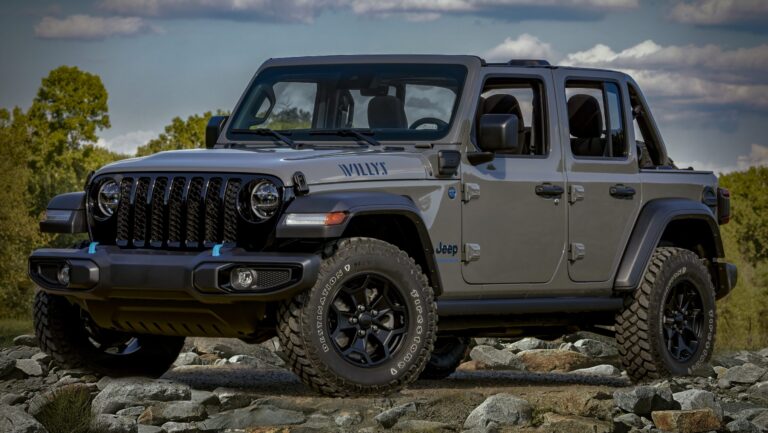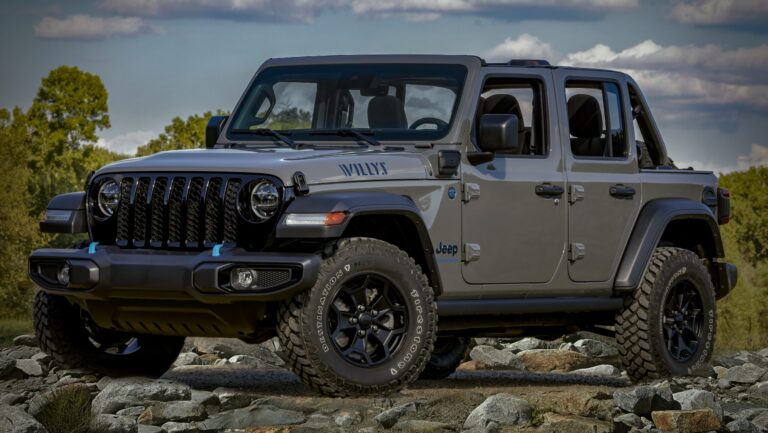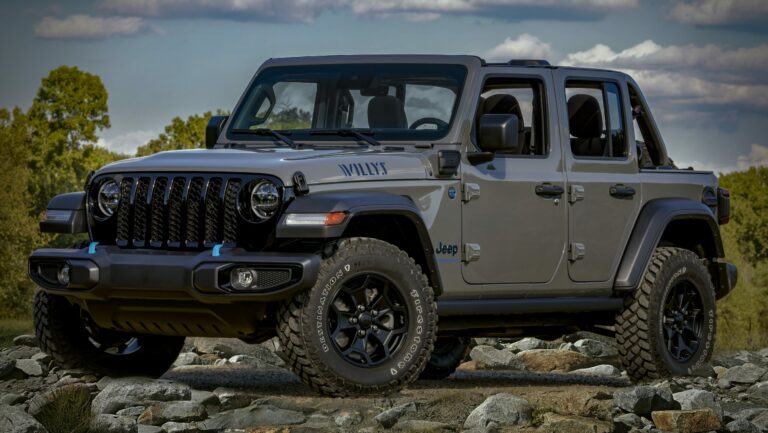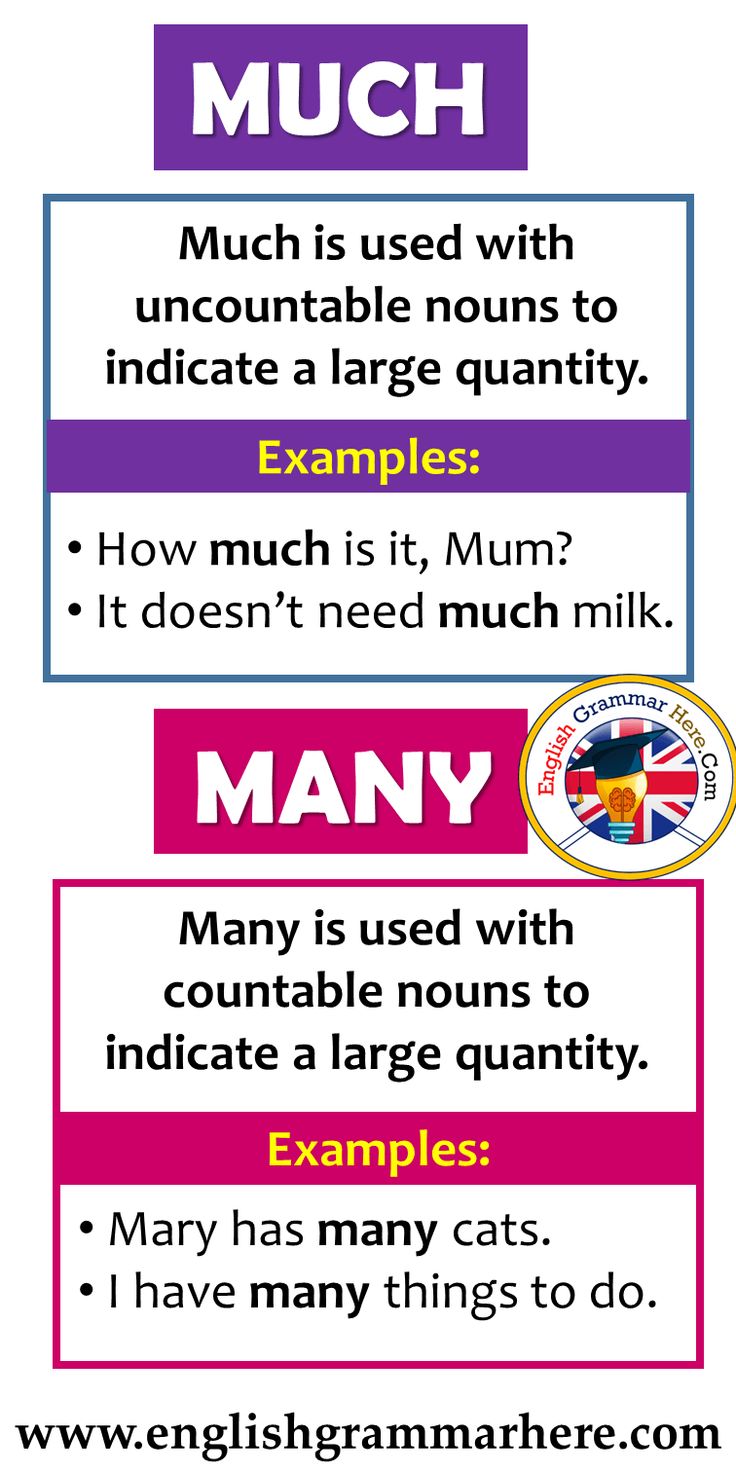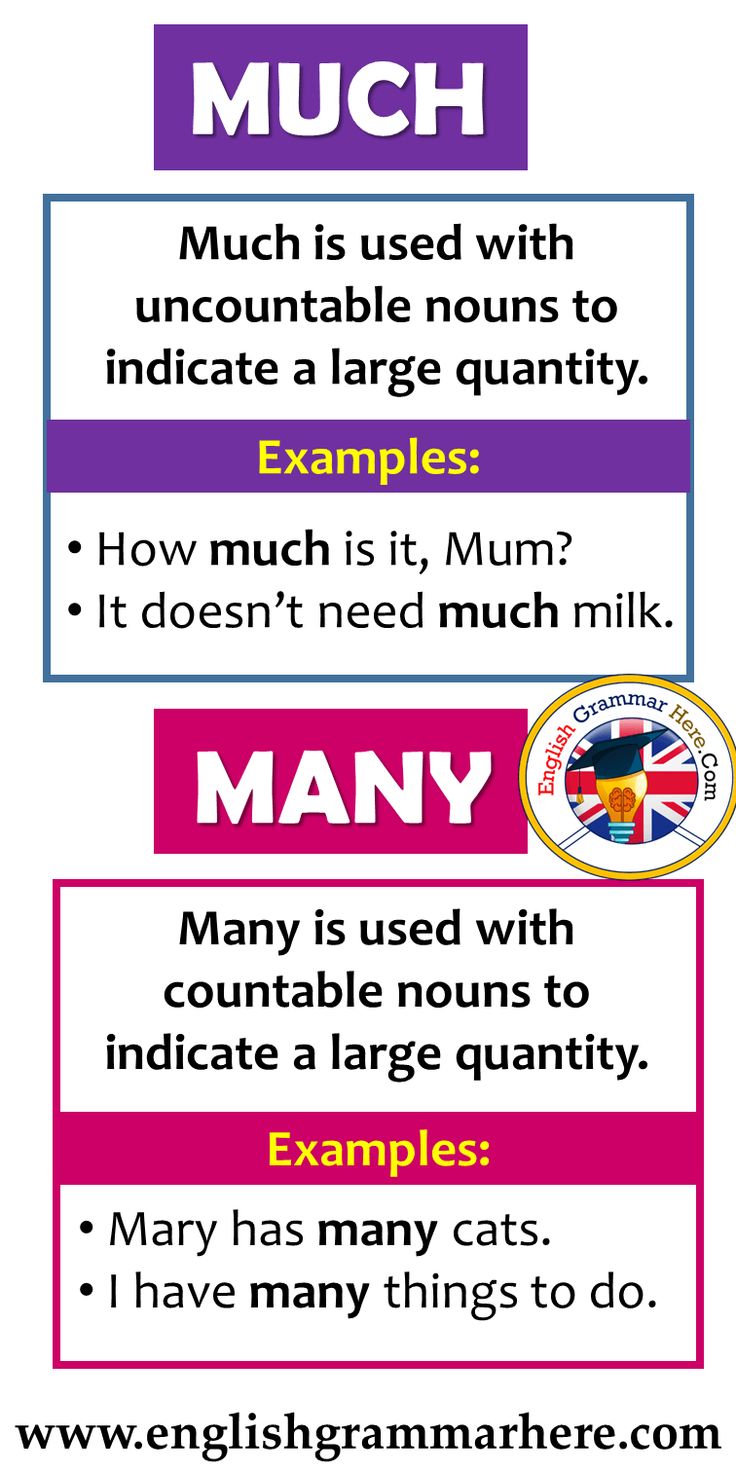Jeep CJ7 Body Parts For Sale: Your Ultimate Guide to Restoration, Repair, and Customization
Jeep CJ7 Body Parts For Sale: Your Ultimate Guide to Restoration, Repair, and Customization jeeps.truckstrend.com
The Jeep CJ7, with its rugged charm and iconic silhouette, holds a special place in the hearts of off-road enthusiasts and classic vehicle collectors alike. Produced from 1976 to 1986, this venerable machine embodies the spirit of adventure, becoming a symbol of freedom and capability. However, time, trails, and the elements can take their toll, leaving these beloved vehicles in need of care. This is where the world of Jeep CJ7 body parts for sale becomes crucial. Whether you’re embarking on a full frame-off restoration, patching up rust, repairing collision damage, or simply looking to customize your ride, understanding the landscape of available body components is paramount. This comprehensive guide will navigate you through the various types of CJ7 body parts, where to find them, what to consider before buying, and how to approach their installation, ensuring your classic Jeep lives on for generations to come.
The Enduring Appeal and the Necessity for Body Parts
Jeep CJ7 Body Parts For Sale: Your Ultimate Guide to Restoration, Repair, and Customization
The CJ7’s enduring appeal lies in its simplicity, robust design, and unparalleled off-road prowess. Its removable doors, fold-down windshield, and open-air driving experience cemented its status as a true American icon. Yet, the very elements that make it exciting – exposure to sun, rain, mud, and salt – also contribute to its deterioration. Rust is arguably the biggest enemy of the CJ7 body, often attacking floor pans, rocker panels, fenders, and windshield frames. Beyond rust, accidents, trail damage, or simply years of wear and tear necessitate the replacement or repair of body panels.
For many owners, the quest for Jeep CJ7 body parts for sale isn’t just about repair; it’s about passion. It’s about preserving a piece of automotive history, restoring a family heirloom, or building a custom rig that perfectly reflects their vision. The availability of a wide array of new reproduction, used OEM, and aftermarket components means that no CJ7 is truly beyond saving.
Understanding CJ7 Body Part Categories
When diving into the market for Jeep CJ7 body parts for sale, it helps to categorize the vast array of components available. Each part plays a critical role in the vehicle’s structural integrity, functionality, and aesthetics.
- Full Tubs & Frames: The absolute foundation of any major restoration. A "tub" refers to the main body shell, which includes the firewall, floor, and rear cargo area. New reproduction steel or fiberglass tubs are available, offering a fresh start for severely rusted or damaged vehicles. Frames, the underlying chassis, are less frequently replaced but crucial for structural soundness. Replacing a tub is a monumental task, often requiring professional expertise.
- Fenders & Flares: The front fenders are highly susceptible to rust, especially around the wheel wells and where they meet the cowl. New reproduction steel fenders are readily available. Fender flares, which extend out from the fender to cover wider tires, are often replaced for aesthetic reasons or to accommodate larger wheel and tire setups for off-roading.
- Hoods & Grilles: The iconic seven-slot grille and the flat hood are defining features of the CJ7. Rust can form on the hood, especially around hinges and vents, while grilles can be damaged in collisions. Both steel and fiberglass reproductions are available, allowing owners to maintain the classic look or opt for lighter alternatives.
- Doors & Tailgates: CJ7s came with various door options: full steel doors, half steel doors, or no doors at all. Rust often attacks the bottom edges and internal structures. New steel and fiberglass doors, as well as door skins for repair, are common. Tailgates, essential for cargo access, also suffer from rust and hinge wear.
- Windshields & Frames: The CJ7’s fold-down windshield is another signature feature, but its frame is a notorious rust magnet, particularly at the lower corners where water collects. Reproduction windshield frames are widely available in steel.
- Interior Body Panels: This category includes essential structural components like floor pans (front and rear), rocker panels (the long panels below the doors), and rear quarter panels. These are critical for structural integrity and are often the first to show significant rust. Dash panels, seat risers, and various internal brackets also fall into this category.
- Body Armor & Protection: For the serious off-roader, this includes components like rock sliders (protecting the rocker panels), corner guards (protecting the rear corners), and front/rear bumpers. While not strictly "body parts" in the traditional sense, they are integral to protecting the body during aggressive trail use and often replace damaged OEM components.
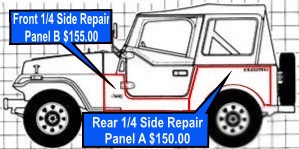

Where to Find Jeep CJ7 Body Parts For Sale
The search for the right CJ7 body parts can be an adventure in itself. Several avenues exist, each with its own advantages and disadvantages.
- Specialized Aftermarket Retailers: This is often the first stop for new reproduction parts. Companies like Quadratec, Morris 4×4 Center, Omix-ADA, Crown Automotive, and Kentrol specialize in Jeep parts, offering a wide range of new steel and fiberglass body panels. These parts are typically designed to fit directly and often come with warranties. They are excellent for complete restorations or replacing heavily damaged panels.
- Online Marketplaces: Websites like eBay, Amazon, and dedicated forums (e.g., JeepForum.com, CJ-7.com) are treasure troves for both new and used parts. You can find everything from small brackets to full tubs. Be cautious when buying used parts online; always ask for detailed photos and descriptions, and inquire about shipping costs for large items. Facebook Marketplace and specific Jeep CJ7 groups are also becoming increasingly popular for local finds and community sales.
- Salvage Yards & Junkyards: For those seeking original equipment manufacturer (OEM) parts or looking to save money, local and specialized Jeep salvage yards can be excellent resources. You might find rare OEM parts that are no longer reproduced. The downside is that parts will be used, potentially damaged, and often require significant cleanup or repair. Inspect parts thoroughly in person if possible.
- Classic Jeep Restoration Shops: Many shops that specialize in restoring vintage Jeeps often have a stash of used parts, or they can source new ones for you. Their expertise can be invaluable in identifying the correct parts and ensuring quality.
- Swap Meets & Off-Road Events: Attending regional Jeep shows, swap meets, and off-road events can be a fantastic way to find parts. You can inspect items in person, negotiate prices, and often connect with knowledgeable individuals who can offer advice or leads.
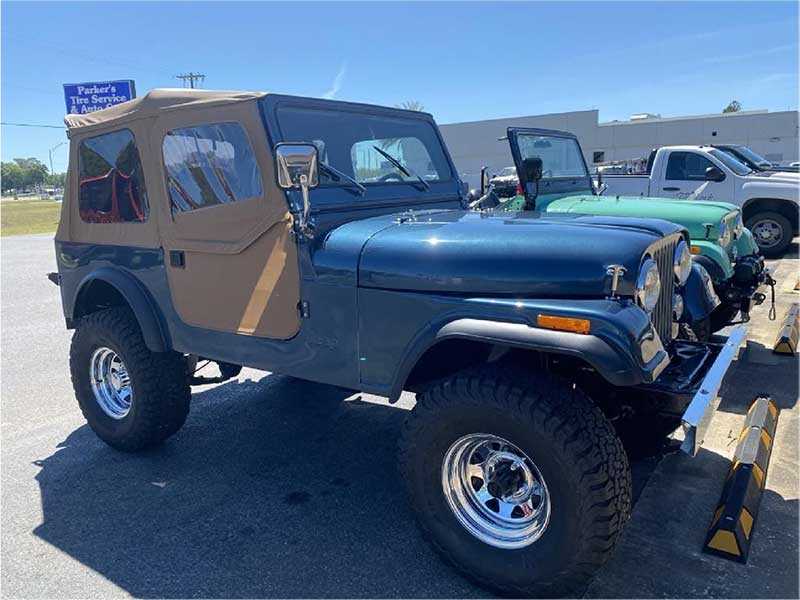
Key Considerations When Buying CJ7 Body Parts
Navigating the market requires careful thought to ensure you get the right parts for your project.
- Condition (New, Used, Refurbished):
- New: Offers best fitment (if reproduction is high quality), no rust, fresh start. More expensive.
- Used: Cheaper, potentially OEM quality, but may have rust, dents, or hidden damage. Requires careful inspection.
- Refurbished: Used parts that have been repaired and prepped. Can be a good middle ground but verify the quality of the refurbishment.
- Material (Steel, Aluminum, Fiberglass):
- Steel: Original material, robust, easy to repair, but heavy and susceptible to rust. New reproduction steel is often thicker than original for durability.
- Fiberglass: Lightweight, rust-proof, often cheaper than new steel. Can be more brittle in impacts and may require more prep work for painting. Fitment can sometimes be an issue with cheaper fiberglass tubs.
- Aluminum: Lightweight, rust-proof, strong. More expensive and typically only available from specialist manufacturers.
- OEM vs. Aftermarket:
- OEM (Original Equipment Manufacturer): Parts made by Jeep or its original suppliers. Excellent fitment and quality, but increasingly rare and expensive used.
- Aftermarket/Reproduction: Parts made by third-party companies. Quality varies widely. Reputable brands like Omix-ADA, Crown Automotive, and Kentrol generally produce good quality. Always research brand reviews. Cheaper aftermarket parts can have fitment issues requiring modification.
- Fitment & Compatibility: The CJ7 was produced for a decade, and while many parts are interchangeable, subtle differences exist. Early CJ7s (1976-1981) sometimes have minor variations from later models (1982-1986), particularly with wiring and certain mounting points. Wide-track axles (standard on later models) don’t affect body parts directly but are something to be aware of. Always confirm the year range a part is designed for. Providing your VIN to a reputable parts supplier can help ensure compatibility.
- Shipping & Logistics: Body parts, especially full tubs, hoods, and fenders, are large and heavy. Freight shipping can be expensive and requires careful planning for delivery. Factor these costs into your budget. Inspect packages immediately upon arrival for shipping damage.
- Budgeting: Determine your budget early. A full body replacement can easily run into thousands of dollars for parts alone, not including paint, bodywork, or professional installation. Prioritize essential repairs first.
Tips for Successful CJ7 Body Part Replacement & Installation
Once you have your parts, the real work begins. Here are some tips for a smooth replacement and installation process:
- Research & Planning: Obtain a factory service manual or a good aftermarket repair manual for your CJ7 year. Watch online videos and read forum discussions. Understand the steps involved before you start.
- Tools & Equipment: You’ll need basic hand tools (wrenches, sockets, screwdrivers), but also potentially specialized tools like welders, grinders, cut-off wheels, body hammers, and dollies for metalwork. A good set of jack stands and a floor jack are essential for safety.
- Rust Prevention is Key: Before installing any new or repaired body part, ensure it is properly prepped, primed, and painted. Apply rust-preventative coatings (e.g., epoxy primer, undercoating) to hidden areas, especially on new steel panels. Use seam sealer where appropriate to prevent water intrusion.
- Test Fit Everything: Before final paint or welding, always test fit panels. Minor adjustments might be necessary, even with new reproduction parts.
- Professional Help: Don’t hesitate to seek professional help for tasks beyond your skill level, such as welding, major body alignment, or painting. A poorly installed panel can lead to ongoing issues.
- Safety First: Always wear appropriate personal protective equipment (PPE) including eye protection, gloves, and hearing protection. Work in a well-ventilated area, especially when grinding or painting.
Potential Challenges and Solutions
- Finding Rare Parts: Some specific year-model parts or unique trim pieces can be hard to find.
- Solution: Network with other CJ7 enthusiasts, broaden your search to less common online marketplaces, check international suppliers, or consider having custom fabrication done.
- Rust on Used Parts: A common issue with original parts.
- Solution: Assess the extent of rust. Minor surface rust can be cleaned and treated. Deeper rust or perforations might require cutting out and welding in new metal. Sometimes, it’s more cost-effective to buy a new reproduction part.
- Fitment Issues with Aftermarket Parts: Reproduction parts, especially from budget manufacturers, can sometimes have slight discrepancies.
- Solution: Be prepared for minor adjustments, drilling new holes, or even light bending/shaping. High-quality aftermarket parts usually fit well, but patience is key.
- High Costs: Restoration can be expensive.
- Solution: Set a realistic budget. Prioritize structural integrity and safety. Tackle the project in phases. Consider doing more of the labor yourself to save on costs. Look for sales and discounts from retailers.
Price Table: Estimated Costs for Common Jeep CJ7 Body Parts
Please note: Prices are highly variable based on brand, material (steel/fiberglass), condition (new/used), and market demand. These are estimated ranges for new reproduction parts unless specified. Used OEM parts can be significantly cheaper but vary widely in condition. Shipping costs for large items are additional.
| Body Part Category | Material/Type | Estimated Price Range (USD) | Notes |
|---|---|---|---|
| Full Body Tub | New Steel Reproduction | $4,000 – $7,500+ | Requires freight shipping; often needs prep/paint. |
| New Fiberglass Reproduction | $2,500 – $4,500 | Lighter, rust-proof; may require more prep for paint. | |
| Front Fenders (Pair) | New Steel Reproduction | $400 – $700 | Often sold individually or in pairs. |
| New Fiberglass Reproduction | $300 – $550 | ||
| Hood | New Steel Reproduction | $300 – $550 | |
| New Fiberglass Reproduction | $250 – $450 | ||
| Grille | New Steel Reproduction | $150 – $300 | Iconic 7-slot design. |
| Full Doors (Pair) | New Steel Reproduction | $1,000 – $2,000+ | Can be sold without internal mechanisms; check description. |
| Half Doors (Pair) | New Steel Reproduction | $700 – $1,200 | Popular for off-roading. |
| Tailgate | New Steel Reproduction | $250 – $450 | Includes hinge points; often sold without latch or spare tire carrier. |
| Windshield Frame | New Steel Reproduction | $250 – $450 | Highly prone to rust; often sold without glass. |
| Front Floor Pans (Pair) | New Steel Reproduction | $100 – $250 | Repair panels, not full floor sections. |
| Rear Floor Pans (Pair) | New Steel Reproduction | $100 – $250 | |
| Rocker Panels (Pair) | New Steel Reproduction | $70 – $150 | Outer skin replacement. |
| Rear Quarter Panels (Each) | New Steel Reproduction | $150 – $300 | |
| Frame | New Reproduction | $2,000 – $3,500+ | Less common to replace unless severely damaged or for custom builds. |
Frequently Asked Questions (FAQ)
Q1: Is it better to buy new steel or fiberglass body parts for my CJ7?
A1: It depends on your priorities. New steel parts offer original feel, durability, and are easier to repair if dented, but they are heavier and can rust. Fiberglass is lighter, rust-proof, and often cheaper, but can be more brittle and sometimes require more prep work for a perfect finish. For a purist restoration, steel is preferred. For a lightweight off-road build or a budget-conscious project, fiberglass is a strong contender.
Q2: Can I use body parts from other Jeep models (like a YJ or Wrangler) on my CJ7?
A2: Generally, no. While the CJ7 shares some lineage with later models like the YJ (1987-1995 Wrangler), their body dimensions and mounting points are different. For example, a YJ hood or grille will not directly fit a CJ7. Stick to parts specifically listed for the CJ7 unless you plan extensive custom fabrication.
Q3: How do I know if a used body part is salvageable from a rust perspective?
A3: Inspect thoroughly. Surface rust that can be sanded away is usually fine. Pitting (small craters) indicates deeper rust, but might be salvageable with rust converters. If you see holes, bubbling under paint, or feel soft spots, the rust is structural and will require cutting out and welding in new metal. For significant rust, buying a new reproduction panel is often more cost-effective in the long run.
Q4: What’s the average cost of a full body tub replacement on a CJ7?
A4: The cost varies greatly. A new steel reproduction tub alone can range from $4,000 to $7,500+. Add shipping (potentially $500-$1,000+), professional painting ($2,000-$5,000+), and labor for installation (which can be 50-100+ hours at shop rates of $100+/hour), and you could easily be looking at $10,000 to $20,000+ for a professional tub replacement project. DIY can save significantly on labor.
Q5: Do I need special tools to replace CJ7 body panels?
A5: For simple bolt-on replacements (like fenders or a hood), basic hand tools are usually sufficient. However, for floor pans, rocker panels, or a full tub, you’ll likely need welding equipment (MIG welder), cutting tools (angle grinder, cut-off wheel), clamps, body hammers, and dollies. A plasma cutter can be helpful for larger cuts. Safety gear (welding helmet, gloves, eye protection) is crucial.
Q6: Where is the VIN located on a CJ7, and why is it important for body parts?
A6: The VIN (Vehicle Identification Number) on a CJ7 is typically located on a plate riveted to the driver’s side dashboard, visible through the windshield. It’s also often stamped on the frame rail, usually near the front passenger wheel. The VIN contains information about the vehicle’s year, engine type, and sometimes even original factory options. Providing your VIN to parts suppliers helps them confirm compatibility, as some minor body differences existed between early and late CJ7 production years.
Conclusion
The journey of owning, maintaining, and restoring a Jeep CJ7 is a rewarding one. The availability of Jeep CJ7 body parts for sale, from complete tubs to individual fender flares, makes it possible to keep these automotive legends on the road and trail for decades to come. By understanding the types of parts available, knowing where to source them, and carefully considering quality and fitment, you can confidently embark on your restoration or repair project. Whether you’re patching up a little rust or undertaking a full frame-off build, the right parts, combined with a healthy dose of patience and passion, will ensure your iconic CJ7 continues to inspire adventure for many years to come.


